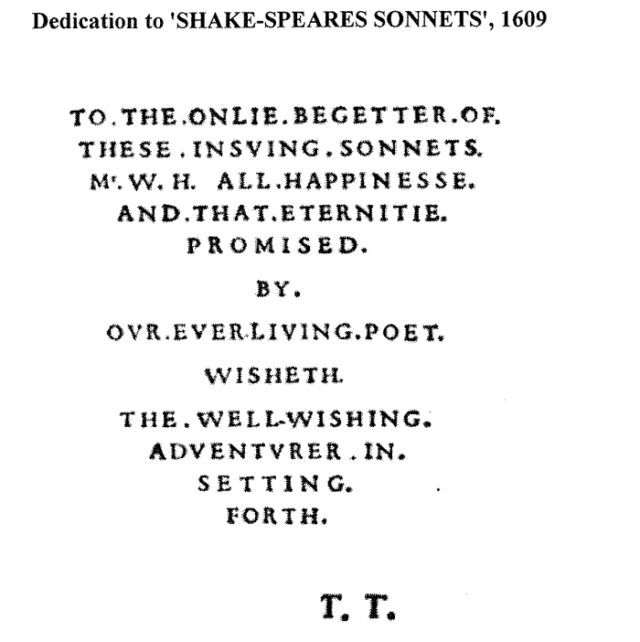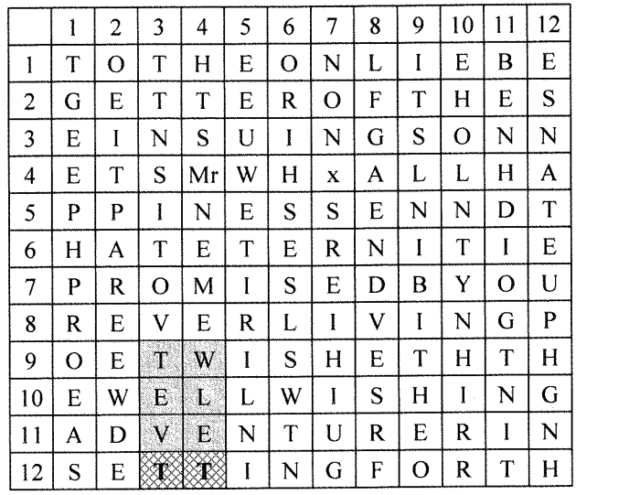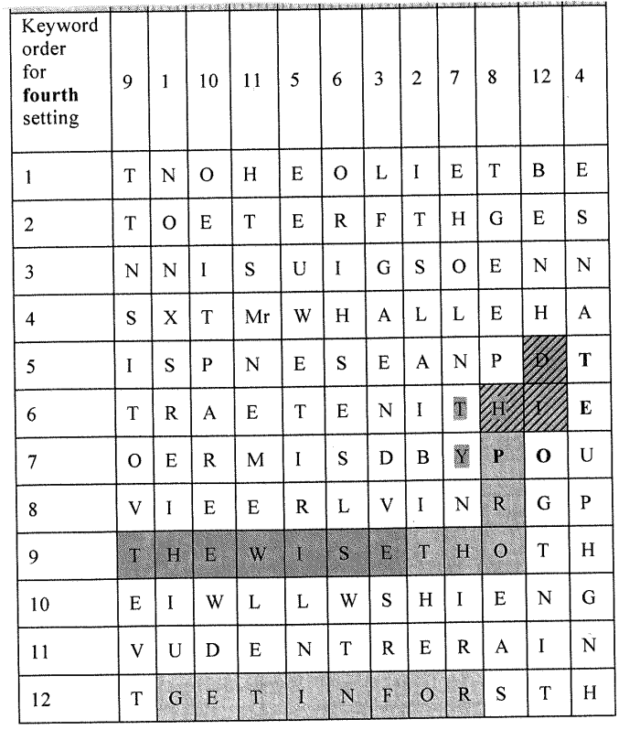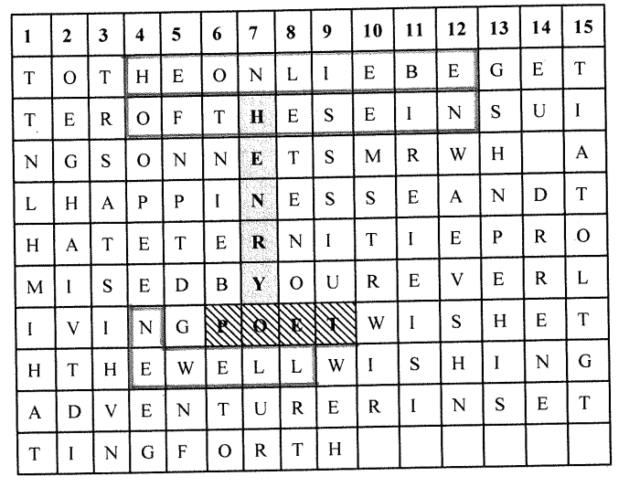From Sir Henry Neville:
It is now more than ten years since Brenda James discovered Sir Henry Neville as the author of ‘Shakespeare’s’ works. She found his name hidden in the dedication to the sonnets. Since then Bill Rubinstein and John Casson have done much to align Neville’s life and career with the plays. Bruce Leyland and James Goding also found Neville’s name in the dedication and that it is a map to the sonnets. There are now several books on Neville (Footnote 1).
With the passage of time, and for the benefit of newcomers to the debate, it is worth recalling how Brenda James discovered Sir Henry Neville. Unlike those who sought to prove that a particular Elizabethan grandee or author was the true ‘Shakespeare’, she found Sir Henry Neville as a result of her research. Her research did not produce any other likely candidate.
This leaflet is only a brief summary of her path to discovery and scarcely does justice to her work. Her 2008 book set out her work in detail. She began by studying the dedication to the original 1609 edition of the sonnets, which is show below. On the face of it the dedication is largely meaningless but she saw it as a cryptogram.

Using cryptogram methods of the time, and noticing that there were 144 letters in the dedication, she put it on a 12×12 grid, as below. She omitted the dots between letters, treated ‘Mr’ as one ‘letter’, kept the space after ‘Mr W H’ and omitted the publisher Thomas Thorpe’s initials TT at the end. (This grid and the five following are copied from her 2008 book.) In lines 9 to 11 she could see TWELVE, which indicated that the 12×12 grid was significant. The last line, SETTINGFORTH, led her to speculate that it was the keyword for decrypting the dedication in a way used at the time; that is; by re-setting the columns of the grid according to the position of the alphabet of the letters of the keyword, and to do this four times – to the fourth setting.

Her fourth setting is shown below. In it she discerned the cryptic message THE WISE THORP HID THY POET (Thorpe was the publisher.)

In the grid above, in the last line, she could see GET IN FOR, which she took to indicate she was on the right track. But she could see no way forward and so tried a different matrix of the dedication. This time she put the dedication onto a grid of 15 columns, as below. This showed HENRY and YOUR POET and, less clearly, NEWELL. Knowing that V and W could be interchangeable at the time, she deduced the name was Henry Neville, who was coeval with William Shakespeare and was the ambassador to France in 1599. As an ambassador he was familiar with coded messages. In the first two lines of the grid she could see HE ONLIE BE OF THE SEIN, a pointer to Neville the ambassador.

Link to lots more at Sir Henry Neville
PG loves this sort of thing about the British.
Also see here, The Case for Sir Henry Neville as the Real Shakespeare
There’s only one thing to say about alt-Shakespeare theories:
I am Spartacus.
Which is not to say that “William Shakespeare composed every play alone, in some garret near/in Southwark.” That’s the early-20th-century conception of “author” being retroactively imposed upon how theatre companies generated new material in the mid- to late-16th and early 17th centuries, not to mention assumes that the so-called First Folio was done in Shakespeare’s own hand. Reality is much more likely to be the way TV scripts evolve(d); one excellent example is the difference between the original script of my late client Mr Ellison’s most famous contribution to Star Trek and the episode as broadcast, all the while remembering that the First Folio is the equivalent of asking the actors two months later to remember their lines and writing down those memories (and later editions are even farther removed from any “playscript” that might once upon a time have existed… and was used to prompt a partially-illiterate cast).
All of which beats being dubiously killed, by means and persons uncertain, at an uncertain location in Deptford while about to appear before the Privy Council to defend one’s prior ungentlemanly activities directed by a now-deceased factional (not to mention dynastic) opponent of the current Council.
Reminds me of Barbara Thiering’s approach to the New Testament, or various other “Bible Code” approaches that involve shifting things around arbitrarily until you get something that looks like it means something. Which, because human minds are good at finding patterns even where there aren’t any, doesn’t usually take long.
What one does while queueing, no doubt: creating and solving cryptograms that prove someone is actually someone else.
It’s all too reminiscent of Jonathan Swift’s satire on cryptanalysis in Gulliver’s Travels. He showed how an apparently innocent sentence from a personal letter – ‘Our brother Tom has just got the piles’ – turns out to be an anagram of ‘Resist: A plot is brought home – The Tour’, and the author can be duly hanged for treason.